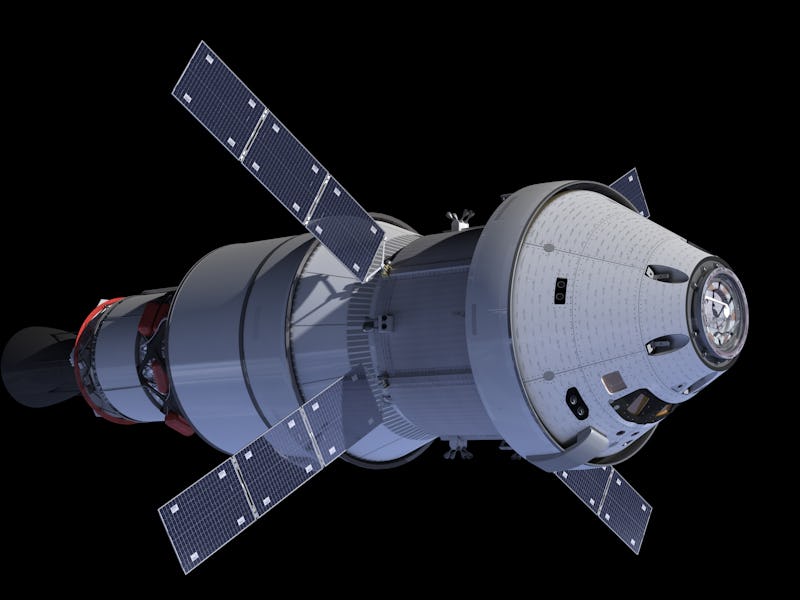NASA Preps 1000-Day Habitats for Astronauts
The latest project is part of the overall effort to send astronauts to Mars while turning low Earth orbit over to private sector.

NASA plans to spend the next few decades creating advanced technologies that will allow humans to spend years in space. This “habitation strategy,” according to Jason Crusan, the director of the agency’s Advanced Exploration Systems, can be put in place to further two distinct goals: creating a long duration transit system that can allow humans to survive 800 to 1000 days hurtling into deep space and facilitating the emergence of low Earth orbit as a region populated by commercially-made habitats.
The secret long-term third goal? Building technologies that will allow humans to live and work on Mars for up to 500 days at a time.
Easier said than done. At the NASA Advisory Council Human Exploration and Operations Committee Meeting on Tuesday, Crusan discussed the various phases in which NASA’s habitation plan is being implemented, and the myriad of considerations that will go into how these systems are designed, built, and launched.
Naturally, we start with using the International Space Station as a proving ground for the kinds of technologies and systems human astronauts will rely on. Crusan puts the elements that go into habitation systems into seven different categories:
- Life support (includes water and waste management, food, and atmosphere management)
- Environmental monitoring
- Crew health (essentially the instruments and protocols required to monitor vitals and diagnose and treat ailments)
- Radiation protection
- Fire safety (see: the SAFFIRE experiment)
- Logistics (tracking, clothing, packaging, etc)
- Cross-cutting (robotics, power, communications, docking, etc)
All seven of these kinds of elements are already found onboard the ISS, but few are already in the version that a deep space vessel will need. The next few years are a critical time for testing these things out, since the ISS is pretty much our only testing grounds.
As this moves forward, NASA is also getting commercial spaceflight companies to design and build more novel types of LEO habitation systems that can be built faster and with fewer resources. The ISS, for example, is the size of a football stadium, and was constructed out of a wide variety of different parts that were sent up on numerous launches. We can’t really afford to build future habitation structures that are so gargantuan and construct them so inefficiently.
One solution is an expandable habitat, like the Bigelow Expandable Activity Module (BEAM) currently attached to the ISS for testing. BEAM could be a unique way to get a habitat into orbit in just one launch, and just blow it up like an inflatable moon bounce. Other companies like Boeing, Orbital ATK, and Lockheed Martin have pitched concepts for other designs, and are in the process of building prototypes for testing soon.
This LEO not only helps to turn Earth’s orbit over to the private industry for space research and operations, but also allows NASA the opportunity to expediently test out different kinds of habitation technologies as part of the design of a deep space vehicle.
“I want to stress,” said Crusan, “the idea is not to pick a specific solution at this phase but to look broadly at different systems and to parse through the advantages and disadvantages of each system. Some companies have a radically different approach,” he said, so NASA may choose instead to go with an integrated system that pulls characteristics from several different areas and designs. For example, Wisconsin-based company Orbitec is focusing on figuring out how to make a viable agriculture system work in space.
NASA’s overall goal is to have a prototype deep space habitat ready for ground testing by 2018, with testing in space to follow sometime afterward. There were, however, concerns raised during Tuesday’s teleconference as to whether the agency really was ready to operate a long duration habitat. “We’re going to have to be very autonomous and take up only what’s necessary,” said Crusan. He suggested NASA might need to experience changes in certain philosophies in order to really address certain issues of deep space travel. “The consequences will be so much higher in this Earth-Independent region that I don’t think we’ve fully thought through this.”